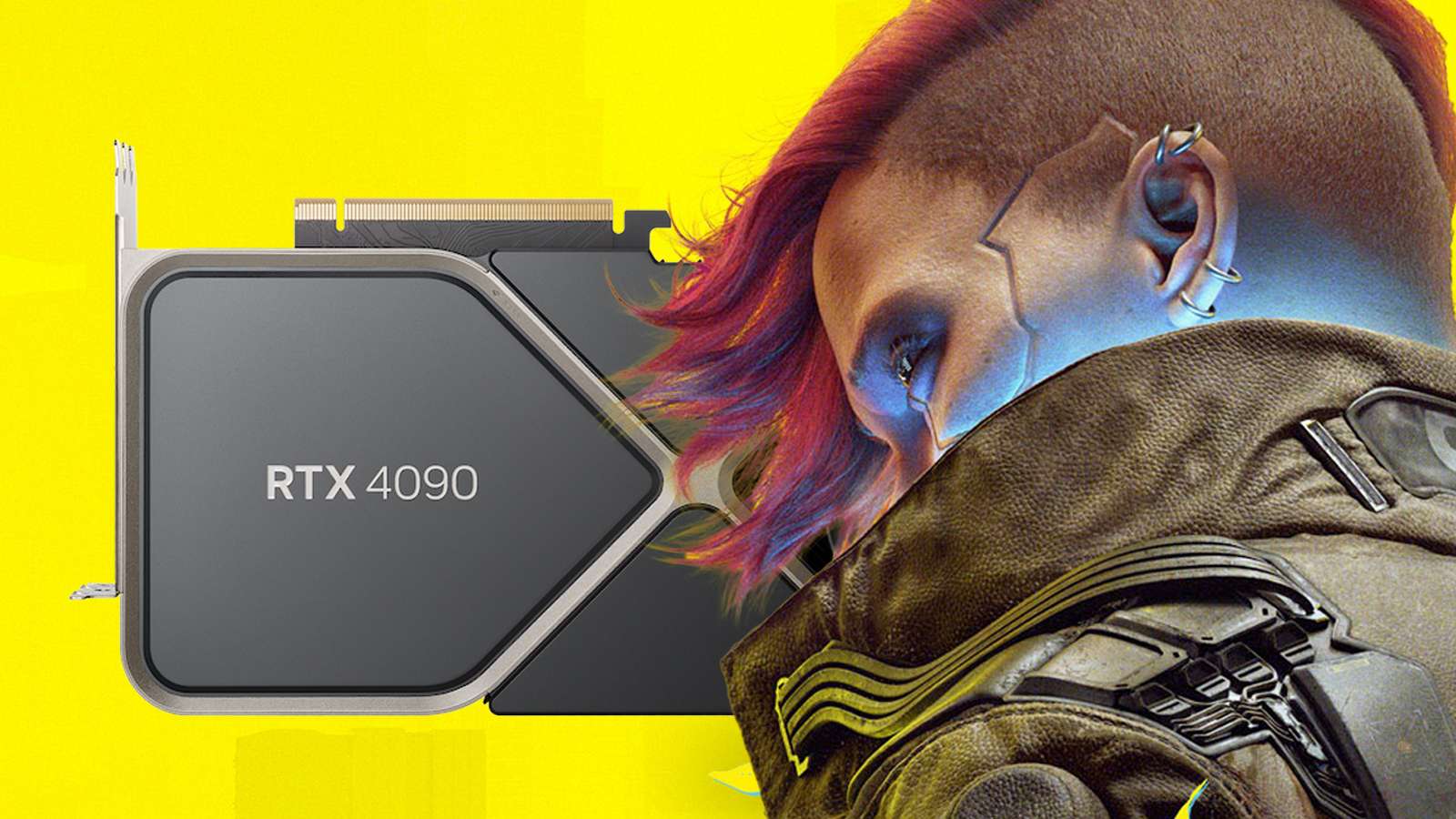Cyberpunk 2077 Overdrive Mode benchmarked: A new GPU killer has risen

Cyberpunk 2077’s brand-new Overdrive Mode is extremely impressive, offering fully path-traced lighting into the game. We dive deep and benchmark it to see how our humble graphics cards fare.
Cyberpunk 2077 might be approaching three years old, but developer CD Projekt Red is not stopped issuing updates to the game in the lead-up to the title’s Phantom Liberty expansion. As a part of this, the team has developed a new method of ray-tracing shadows. The previous “Psycho” ray-tracing method allows various elements of ray tracing. However, “Overdrive Mode” introduces something named “Path tracing”
What path tracing entails is tracking every light-emitting source in the game, and naturally casting shadows and glows based on the refracting light that is bouncing off of it. If a light bounces off of a blue wall, then the light cast from that shadow will be tinted blue. If a light is at a certain angle, then the shadows cast from it will also be However, this method of ray tracing is extremely taxing for modern graphics cards.
CDPR themselves have commented on this in the patch notes for Cyberpunk 2077.
“The technology preview of Ray Tracing: Overdrive Mode is currently supported on NVIDIA GeForce RTX 40 Series (4070 Ti and up) graphics cards. Also, on NVIDIA GeForce RTX 3090 (1080p, 30 fps). As this is a cutting-edge feature, it requires the highest-performing hardware available to run it properly.”
For those without an RTX 40-series GPU, graphics cards with 8GB of VRAM and above can still run Overdrive Mode, but are only limited to the photo mode of the title currently.
Cyberpunk 2077 Overdrive Mode benchmarks
Cyberpunk 2077’s Overdrive mode is extremely taxing for your GPU. We’ve tested an RTX 4080 in our testbench system, which also houses an Intel Core i5-13600K CPU and 32GB of DDR5 RAM.
DLSS 3 Frame Generation was enabled where possible on these benchmarks.
| Nvidia RTX 4080 | |
| 4K [DLSS Performance + Frame Generation] | 71 FPS |
| 4K [DLSS Quality + Frame Generation] | 47 FPS |
| 4K [DLSS Balanced + Frame Generation] | 58 FPS |
| 4K Native | 12 FPS |
| 1440p [DLSS Performance + Frame Generation] | 136 FPS |
| 1440p [DLSS Quality + Frame Generation] | 97 FPS |
| 1440p [DLSS Balanced+ Frame Generation] | 114 FPS |
| 1440p Native | 29 FPS |
| 1080p [DLSS Performance + Frame Generation] | 190 FPS |
| 1080p [DLSS Quality + Frame Generation] | 145 FPS |
| 1080p [DLSS Balanced + Frame Generation] | 167 FPS |
| 1080p Native | 49 FPS |
Frame Generation eases a lot of the performance hiccups that you might see at native resolutions, with the RTX 4080 struggling to hit 60 FPS even at 1080p. With Nvidia’s technical wizardry, it quickly disappears. At higher resolutions, you’ll continue to see graphics cards struggle, but also the nature of the path tracing’s true potential comes to light.
At 1440p, the game is more than playable, however, it’s clear that the best way to play the title will be at 4K resolution. Natively, the RTX 4080 struggles to maintain 12 FPS. Switch the magic DLSS button on and you’ll see framerates skyrocket, and we personally preferred the look of the 4K performance mode, over a lower resolution at a higher framerate.
It just looks absolutely breathtaking.
How to enable Overdrive Mode in Cyberpunk 2077
 CD Projekt RED
CD Projekt REDTo enable Overdrive Mode on Cyberpunk 2077, you must be running the PC version of the game. Then, head to “Settings”, and under the Quick Presets, you can select “Ray Tracing: Overdrive”.
An alternative way of enabling the feature is to scroll down the list of settings, switch ray tracing on, and also select “Path Tracing [Technology Preview]”
You can also enable Path Tracing in Photo Mode if you have a graphics card with 8GB of VRAM or higher.